- Over 1 million successful rentals
Car Hire Oslo
Save time and money. We compare the offers of car rental companies in Oslo on your behalf.
- Free cancellation Up to 48 hours prior to the scheduled pick up time
- Best price guarantee Have you found a better price? Let us know and we will make you a better offer.
- 24000+ pick-up locations Locations around the world
Compare Car Hire
Carrentals.co.uk offers simple and straightforward car hire comparison services. We don't add a penny to your quotes!
Car rental offers in Oslo
Whether you're looking for a small rental car or a station wagon for the entire family, we will always have a suitable vehicle for the lowest price. Below are some examples from our selection in Oslo.

-
Budget From£ 19 /day

-
Budget From£ 22 /day
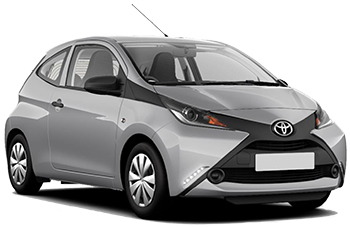
-
Thrifty From£ 22 /day -
Hertz From£ 23 /day -
Alamo From£ 33 /day

-
Hertz From£ 24 /day -
Alamo From£ 45 /day
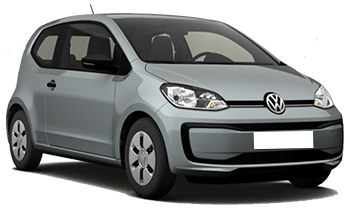
-
Keddy By Europcar From£ 25 /day -
Europcar From£ 29 /day -
Alamo From£ 33 /day
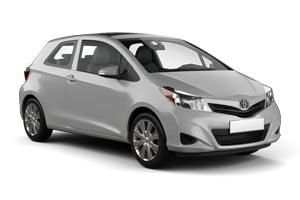
-
Thrifty From£ 27 /day

-
Alamo From£ 33 /day -
Europcar From£ 34 /day -
Enterprise From£ 43 /day
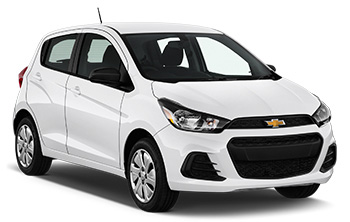
-
Keddy By Europcar From£ 27 /day -
Europcar From£ 36 /day
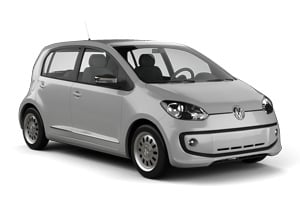
-
Alamo From£ 31 /day -
Europcar From£ 34 /day -
Enterprise From£ 42 /day
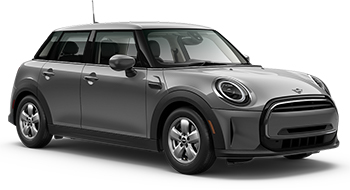
-
Avis From£ 19 /day -
Budget From£ 20 /day

-
Avis From£ 19 /day -
Budget From£ 21 /day
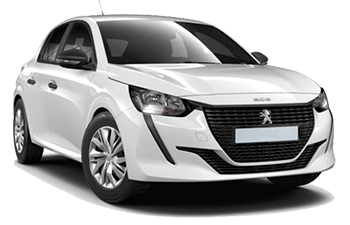
-
Hertz From£ 20 /day -
Thrifty From£ 21 /day
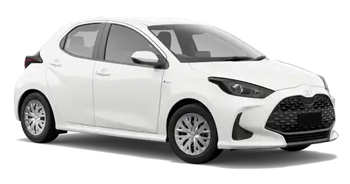
-
Budget From£ 20 /day -
Avis From£ 22 /day -
Hertz From£ 22 /day

-
Budget From£ 22 /day -
Avis From£ 23 /day -
Hertz From£ 24 /day

-
Hertz From£ 21 /day -
Thrifty From£ 25 /day
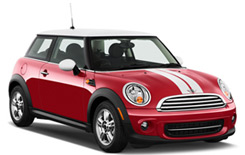
-
Avis From£ 21 /day

-
Hertz From£ 23 /day
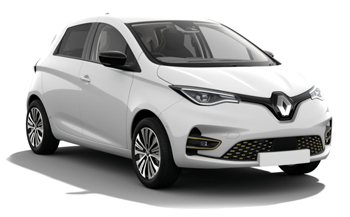
-
Thrifty From£ 23 /day -
Hertz From£ 39 /day

-
Budget From£ 17 /day -
Avis From£ 19 /day -
Hertz From£ 20 /day
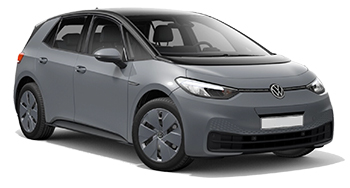
-
Budget From£ 18 /day -
Avis From£ 19 /day -
Hertz From£ 20 /day

-
Budget From£ 20 /day -
Hertz From£ 21 /day -
Avis From£ 22 /day

-
Budget From£ 22 /day -
Avis From£ 23 /day -
Hertz From£ 34 /day
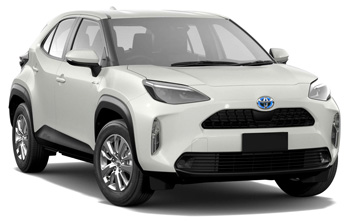
-
Thrifty From£ 24 /day -
Hertz From£ 25 /day -
Sixt From£ 28 /day
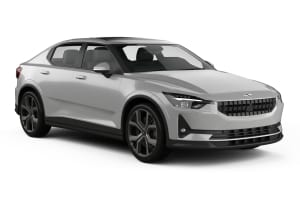
-
Budget From£ 24 /day -
Hertz From£ 28 /day -
Avis From£ 61 /day

-
Hertz From£ 27 /day -
Sixt From£ 32 /day
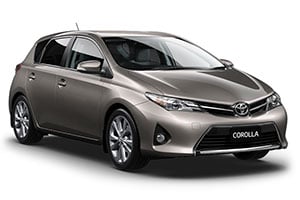
-
Sixt From£ 26 /day -
Hertz From£ 27 /day -
Budget From£ 28 /day
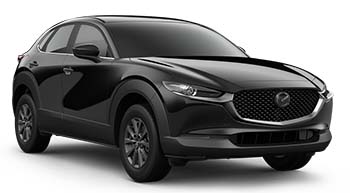
-
Budget From£ 27 /day
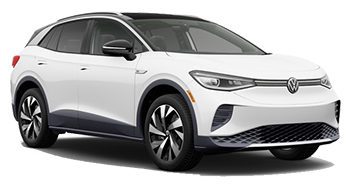
-
Budget From£ 22 /day -
Avis From£ 23 /day -
Thrifty From£ 26 /day
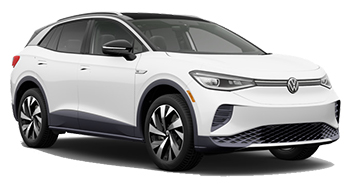
-
Budget From£ 23 /day -
Avis From£ 24 /day -
Thrifty From£ 26 /day

-
Budget From£ 27 /day -
Hertz From£ 28 /day -
Avis From£ 28 /day
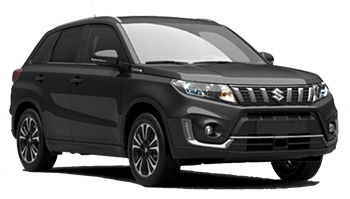
-
Thrifty From£ 25 /day -
Alamo From£ 46 /day -
Enterprise From£ 50 /day

-
Budget From£ 28 /day -
Avis From£ 29 /day -
Hertz From£ 39 /day
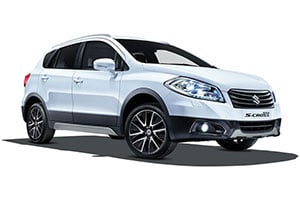
-
Thrifty From£ 28 /day -
Hertz From£ 29 /day -
Budget From£ 36 /day
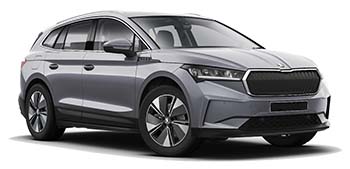
-
Budget From£ 28 /day -
Avis From£ 30 /day

-
Budget From£ 28 /day -
Avis From£ 30 /day

-
Hertz From£ 30 /day -
Budget From£ 41 /day -
Alamo From£ 41 /day

-
Budget From£ 25 /day -
Avis From£ 27 /day -
Sixt From£ 47 /day

-
Budget From£ 25 /day -
Sixt From£ 38 /day -
Avis From£ 41 /day

-
Budget From£ 30 /day -
Avis From£ 31 /day -
Sixt From£ 47 /day
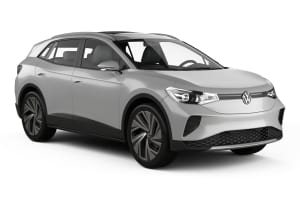
-
Thrifty From£ 28 /day -
Alamo From£ 38 /day -
Enterprise From£ 40 /day

-
Budget From£ 31 /day -
Sixt From£ 36 /day
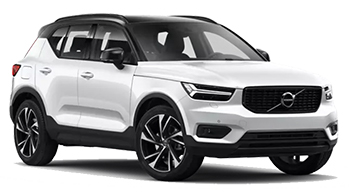
-
Hertz From£ 31 /day -
Thrifty From£ 38 /day
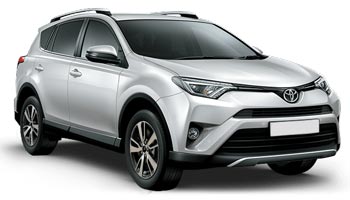
-
Hertz From£ 36 /day -
Avis From£ 40 /day -
Budget From£ 40 /day

-
Thrifty From£ 34 /day -
Hertz From£ 36 /day -
Budget From£ 39 /day
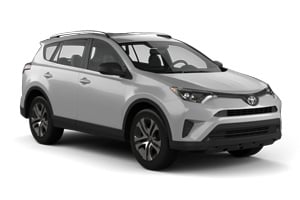
-
Thrifty From£ 34 /day -
Hertz From£ 36 /day -
Budget From£ 37 /day
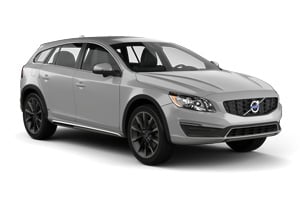
-
Thrifty From£ 44 /day -
Hertz From£ 49 /day
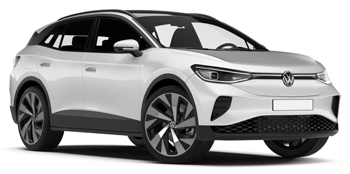
-
Sixt From£ 53 /day

-
Sixt From£ 53 /day
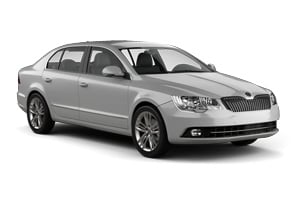
-
Sixt From£ 55 /day

-
Sixt From£ 60 /day
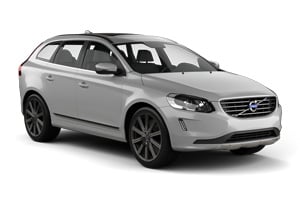
-
Hertz From£ 55 /day -
Budget From£ 71 /day -
Avis From£ 76 /day
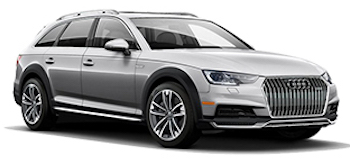
-
Sixt From£ 65 /day

-
Sixt From£ 64 /day

-
Hertz From£ 68 /day -
Budget From£ 74 /day -
Avis From£ 78 /day
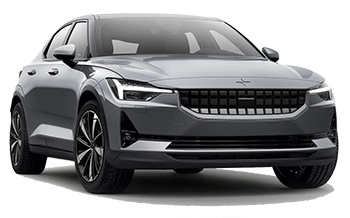
-
Hertz From£ 30 /day -
Avis From£ 31 /day -
Budget From£ 35 /day

-
Avis From£ 31 /day -
Hertz From£ 33 /day -
Budget From£ 35 /day
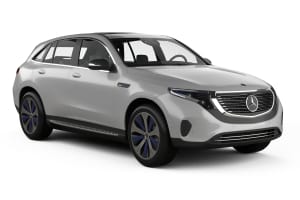
-
Budget From£ 38 /day -
Avis From£ 40 /day
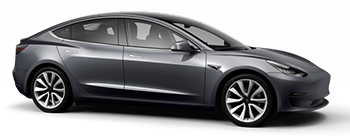
-
Alamo From£ 38 /day -
Enterprise From£ 41 /day -
Hertz From£ 75 /day
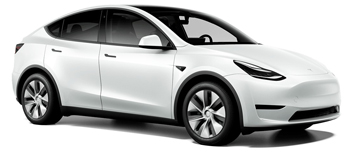
-
Hertz From£ 41 /day -
Alamo From£ 44 /day -
Enterprise From£ 49 /day
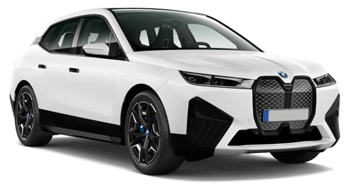
-
Budget From£ 41 /day -
Avis From£ 43 /day -
Sixt From£ 66 /day

-
Hertz From£ 41 /day -
Alamo From£ 42 /day -
Enterprise From£ 43 /day

-
Alamo From£ 41 /day -
Enterprise From£ 47 /day

-
Budget From£ 42 /day -
Avis From£ 43 /day -
Sixt From£ 74 /day
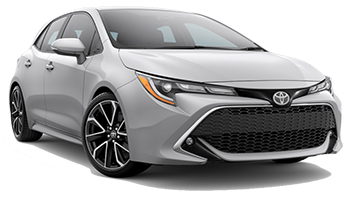
-
Sixt From£ 28 /day -
Thrifty From£ 33 /day -
Hertz From£ 36 /day

-
Sixt From£ 32 /day -
Hertz From£ 36 /day -
Budget From£ 39 /day
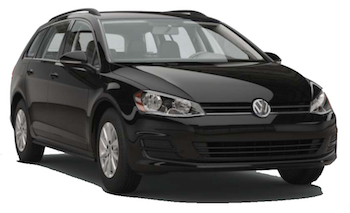
-
Keddy By Europcar From£ 33 /day -
Europcar From£ 44 /day -
Alamo From£ 58 /day
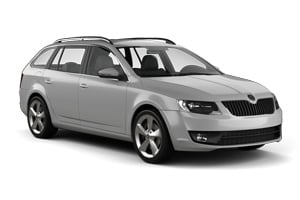
-
Hertz From£ 38 /day -
Alamo From£ 40 /day -
Sixt From£ 53 /day

-
Alamo From£ 38 /day -
Enterprise From£ 47 /day
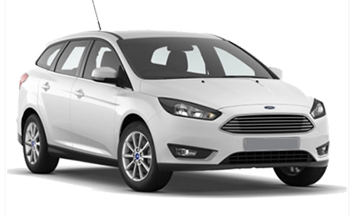
-
Keddy By Europcar From£ 38 /day

-
Keddy By Europcar From£ 38 /day -
Alamo From£ 39 /day -
Europcar From£ 41 /day
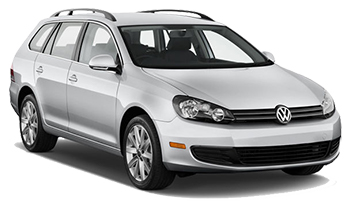
-
Alamo From£ 43 /day

-
Alamo From£ 38 /day -
Enterprise From£ 41 /day
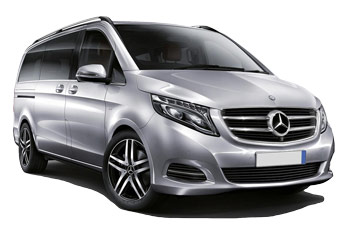
-
Budget From£ 78 /day -
Avis From£ 82 /day

-
Budget From£ 93 /day -
Avis From£ 96 /day
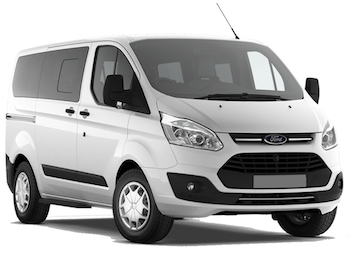
-
Alamo From£ 151 /day

-
Alamo From£ 152 /day
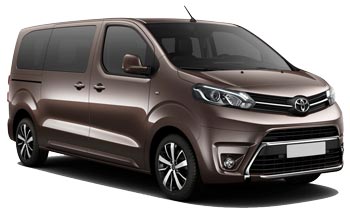
-
Sixt From£ 180 /day

-
Sixt From£ 180 /day

-
Budget From£ 22 /day -
Thrifty From£ 28 /day -
Alamo From£ 37 /day
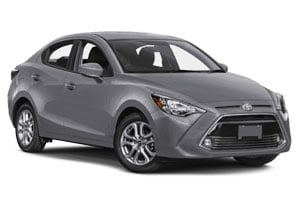
-
Thrifty From£ 24 /day -
Sixt From£ 28 /day

-
Budget From£ 28 /day -
Avis From£ 30 /day -
Sixt From£ 47 /day
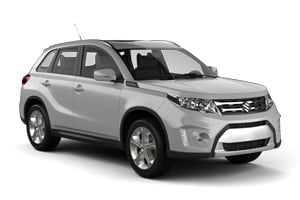
-
Thrifty From£ 25 /day -
Alamo From£ 35 /day -
Enterprise From£ 42 /day

-
Budget From£ 25 /day -
Avis From£ 27 /day -
Sixt From£ 47 /day

-
Hertz From£ 30 /day -
Budget From£ 38 /day -
Avis From£ 40 /day

-
Budget From£ 25 /day -
Sixt From£ 38 /day -
Avis From£ 41 /day

-
Thrifty From£ 28 /day -
Hertz From£ 29 /day -
Budget From£ 36 /day

-
Budget From£ 30 /day -
Alamo From£ 42 /day -
Enterprise From£ 46 /day

-
Budget From£ 17 /day -
Avis From£ 19 /day -
Hertz From£ 20 /day

-
Budget From£ 18 /day -
Avis From£ 19 /day -
Hertz From£ 20 /day

-
Avis From£ 19 /day -
Budget From£ 21 /day

-
Avis From£ 19 /day -
Budget From£ 19 /day

-
Budget From£ 20 /day -
Hertz From£ 21 /day -
Avis From£ 22 /day

-
Hertz From£ 20 /day -
Thrifty From£ 21 /day

-
Budget From£ 22 /day -
Avis From£ 23 /day -
Hertz From£ 34 /day

-
Hertz From£ 21 /day -
Thrifty From£ 25 /day
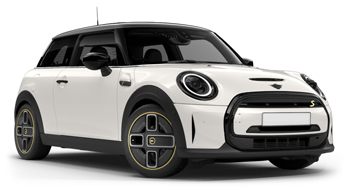
-
Avis From£ 21 /day
Car rental companies in Oslo
Below are the car rental companies in Oslo with the best ratings. Compare all ratings and prices of these rental companies in one search.
-
Budget
From£ 17 / day -
Hertz
From£ 20 / day -
Enterprise
From£ 34 / day -
Sixt
From£ 23 / day -
Avis
From£ 19 / day -
Alamo
From£ 30 / day

When is the best time to book a rental car in Oslo?
Oslo - When is the most affordable time to rent a mini class car?
At this destination (Oslo), April is the most affordable time to rent a mini class car with an average daily rate of
Oslo - When is the most affordable time to rent a economy class car?
At this destination (Oslo), November is the most affordable time to rent a economy class car with an average daily rate of
Oslo - When is the most affordable time to rent a compact class car?
At this destination (Oslo), November is the most affordable time to rent a compact class car with an average daily rate of
Oslo - When is the most affordable time to rent an intermediate class car?
At this destination (Oslo), October is the most affordable time to rent a intermediate class car with an average daily rate of
Oslo - When is the most affordable time to rent a standard class car?
At this destination (Oslo), September is the most affordable time to rent a standard class car with an average daily rate of
Oslo - When is the most affordable time to rent a full-size car?
At this destination (Oslo), April is the most affordable time to rent a full-size class car with an average daily rate of
Oslo - When is the most affordable time to rent a luxury car?
At this destination (Oslo), October is the most affordable time to rent a luxury class car with an average daily rate of
Oslo - When is the most affordable time to rent a station wagon?
At this destination (Oslo), April is the most affordable time to rent a station wagon with an average daily rate of
Oslo - When is the most affordable time to rent a SUV?
At this destination (Oslo), October is the most affordable time to rent an SUV with an average daily rate of
Oslo - When is the most affordable time to rent a MPV?
At this destination (Oslo), November is the most affordable time to rent an mpv with an average daily rate of
Oslo - When is the most affordable time to rent a minivan?
At this destination (Oslo), January is the most affordable time to rent a minibus with an average daily rate of
Oslo - When is the most affordable time to rent a sports car?
At this destination (Oslo), February is the most affordable time to rent a sports car with an average daily rate of
Car rental companies in and around Oslo
Looking for a hire car in Norway? Take a look at our Car rental Norway directory.
Oslo Guide
Car Hire
Few European national capitals are as easy to navigate with car hire as Oslo, which is not only Norway's largest and most populous city, but the third biggest in all of Scandinavia. The surrounding Oslomarka Forest is the main reasons why Oslo has become one of the world's largest national capitals in terms of area. Driving around Oslo itself is fairly simple, and exploring neighbouring attractions like the TusenFryd Amusement Park or Drobak's beaches should not be missed. Oslo also contains no fewer than three airports and an extensive public transit network.
Who to Book With
The widest selections of car rental firms in Oslo are situated within the city's three international airports, the biggest and busiest of which is Oslo Airport, Gardermoen. Hertz and Avis are two of the five car hire representatives situated in Gardermoen airport's Arrivals hall. The smaller Moss Airport, Rygge and Sandefjord Airport also include plenty of low cost car hire options. Bislet Bilutleie and Birger N Haug are two independent dealerships found throughout Oslo. Book online in advance to get the best deals.
Best time to go
Summer brings the biggest crowds, the hottest weather and costliest vehicle and hotel rental rates to Norway's notoriously expensive national capital. However, Oslo's climate is surprisingly mild throughout the year for its relatively northern location, thanks to the warm Gulf Stream waters along its coast. Great bargains can often be found during the autumn and spring off seasons. Outdoor ice skating and skiing at the neighbouring Tryvann Vinterpark are Oslo's most popular winter pastimes.
Need to Know Essentials
These documents need to be displayed when picking up rental cars:
- A valid national driving license or International Driving Permit
- A passport or other form of legitimate photo identification
- Proof that the motorist is 19 years of age or older
- A valid credit or debit card
Driving
Norway's major north to south motorway, the E6, runs directly through Oslo's eastern suburbs and leads to the Swedish cities of Malmö and Gothenburg. Oslo is where the E6 connects with the other major motorway, the E18, which links the city with Stockholm, Helsinki and St Petersburg. Other important Oslo motorways include the E134 to Haugesund and the E16, which travels west to Bergen. Ring 3 and Ring 2 are Oslo's two main ring roads.
A complicated one-way street network is the biggest challenge facing driver in Oslo, where motorists will encounter far fewer traffic jams than in most other European capital cities. An Oslo Card, allowing for free parking in all city car parks, is a good investment for drivers. Metered street parking is usually easy to find, but expensive. Pedestrians and trams always have the right of way at Oslo intersections, which are often without traffic lights or stop signs. The £2.86 road tax charged to all motorists driving into Oslo is used to fund the city's public transit network and road construction, but drivers entering Oslo from the west at Lysaker are charged an extra £1.43 tax that is put towards the construction of a new westbound road. All major Oslo roads are dotted with toll booths. Photos of license plates are taken and all toll fees are billed to the homes of vehicle owners.
Transport
An Oslo card gives visitors free daytime access to all of the city's many public transit options, free municipal parking and free admission to more than 30 museums and attractions. Oslo Passes cost less than £31 for a 24-hour adult pass, £45.26 for a 48-hour pass, and £56.72 for a 72-hour pass. Ruter operates Oslo's Tunnelbane metro system as well as the city's bus, tram, above ground train and boat network. Taxis are privately owned and expensive.
Besides Oslo Cards, public transit passengers can also purchase £3.09 Travelcards with pay as you go credit. Individual public transit tickets valid for 24 hours cost £8.59, seven-day tickets cost £25.20 each, 30-day tickets cost £71 each, and tickets valid for an entire year cost around £710. Visitors can get further ticket price details at the Ruter website or in person at the Ruter Service Centre at the foot of the clock tower outside Oslo Central Station. The service centre also supplies free city maps.
Trains
There are half a dozen different lines running on Oslo's popular Tunnelbane subway network, which locals call 'T-bane' and which is ranked among Europe's most extensive underground train networks. T-baen stations are easy to spot by white and blue round logos baring the letter ‘T’. All six lines meet at a single tunnel in the middle of the city centre. Oslo also has an extensive above-ground rail network that travels throughout the city and to its surrounding municipalities. Only passengers with pre-validated or stamped tickets can board the cars with orange doors marked 'carriage without conductor' and 'ubetjent.'
Taxis
As Oslo's only privately operated public transportation options, taxis are the most expensive way to travel around the city. Companies like Oslo Taxi charge at least £9.16 per journey, a fee which doubles to £18.32 on weekend nights. Passengers can catch taxis in front of rail stations or hotels, call in advance or flag them down from the street. Credit cards are commonly accepted.
Buses & Trams
Oslo has no central bus station, so most city buses wait by the National Theatre or the Jernbanetorget rail station. The 31 and 37 buses run all night, while most other routes begin at 06:00 and stop at midnight on weekdays and as late as 04:00 on weekends. Trams use the same tickets as buses and mainly cover districts not served by the T-bane. All tram lines converge at Jernbanetorget; they run every 10 minutes during daylight hours and every 20 minutes at night.
Exploring
On weekends, many Oslo residents retreat to the large green Oslomarka forest that encircles the city or the Nordmarka woods immediately south of the forest. Tryvann Vinterpark may be Oslo's closest skiing spot, but many visitors believe the slopes of Lillehammer, host of the 1994 Winter Olympics, are worth the 111-mile drive. In summer, the beaches of Drobak and Kalvoya become the most popular holiday retreats. Vinterbro's TusenFryd Amusement Park's thrilling rollercoasters and VikingLandet provide plenty of amusement for fun-seekers of all ages.
Recommended Drives
TusenFryd Amusement Park - Families who visit Oslo between its warmest months from June to December should make the short 12-mile drive south of the city to TusenFryd Amusement Park. Thrill seekers will undoubtedly enjoy the wide variety of roller coasters at this Vinterbro park, while those preferring more sedate attractions can dine at any of the numerous restaurants, ride on the carousels, or learn more about Viking lifestyles at the nearby VikingLandet. Children under a certain height get in free, while seniors enjoy discounted fees.
Drobak - Another popular summer road trip from Oslo is the 22-mile journey to Drobak, a picturesque seaside village whose main attractions are its beaches and its museums dedicated to lutefish and maritime memorabilia. Visitors can also take scenic boat journeys to the historic Oscarsborg fortress.
Tryvann Vinterpark - Once Oslo receives its first snowfall of the year, Tryvann Vinterpark transforms into Norway's most visited ski resort. More than 10 lifts take skiiers to the 18 slopes of various difficulty levels. This winter park no more than a half-hour drive from central Oslo, and the ski season typically lasts between November and April.
Practical information
-
CurrencyNorwegian krone
-
Driving directionRight
-
City speed limit50 km/h
-
Freeway speed limit80 km/h
-
LanguageNorwegian, Norwegian Bokmål, Norwegian Nynorsk
-
Popular car categoryCompact
What most people want to know
The following questions and answers are a selection of the most popular questions. If you do not find the answer to your question, have a look at the Frequently Asked Questions page or contact us.
- Budget
- Hertz
- Enterprise
- Sixt
- Avis
- Alamo
- Thrifty
- Europcar
- Keddy By Europcar
- Dollar Rent a Car
- National Car Rental
- Your Rent
- McRent
- Touring Cars